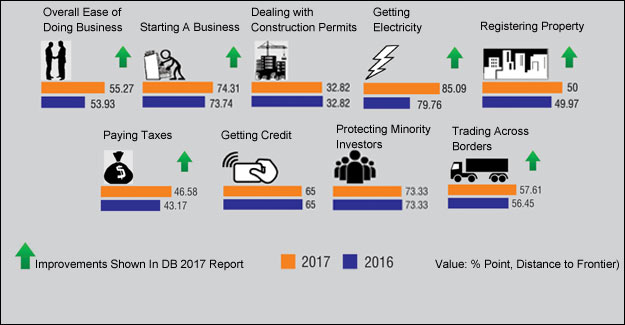Western India Is Attracting Investments In Spinning
Western India Is Attracting Investments In Spinning

What is the current investment scenario in India's spinning sector?
There are both good and bad things happening. In Western India, the Gujarat government, the Maharashtra government and the Rajasthan government, have introduced good schemes for the textile sector. To an extent, this has also been happening in Madhya Pradesh.
In the South Indian states, the market situation is presently very dull, right from Andhra Pradesh, Tamil Nadu, Telanganato Kerala, due to several factors. However if I look at the global scenario, and take into account India's competitiveness as far as the spinning industry is concerned, we are at around 50 million spindles and unlike other industries, we are one of the technology leaders in the spinning industry. India's spinning sector is far more organised than that of any other country. Our cost structure is quite competitive. Our raw material availability is good. Power supply situation has considerably improved backed by power subsidy by major state governments. When we look at it from a global perspective, India seems to have a strong potential. We are adding about 2 million spindles per year and 1 million spindle for modernisation and this growth is likely to continue for quite some time.
Do you see any specific trend like investment in cotton spinning gaining traction over synthetic yarn or vice versa?
Right from the beginning, we have been strong in spinning cotton yarn. We see that the trend is changing slightly. While we are consuming more or less the same amount of cotton, growth is coming mostly from synthetics. Within synthetics also, its value added varieties like melange and lycra has witnessed growth. Companies in these businesses are doing better than others.
Which geographic textile zones or clusters are investing in the spinning business?
In Gujarat, places like Ahmedabad, Rajkot and Kadi are primarily cotton producing areas. Then there are parts of Madhya Pradesh and Rajasthan, which are close to these places, besides Maharashtra, where Shankar-6 and other varieties of cotton are grown. State governments provide them with good incentives. Another advantage is that transportation is a major cost in the spinning industry.
If you are exporting yarn then it should be close to ports and if the yarn is being used for forward integration and value addition, then those units must be near weaving industry. Maharashtra and Gujarat have an advantage because of weaving clusters like Ichalkaranji, Bhiwandi, Tarapore, Bhilwara. I expect this part of Western India to grow faster.
What types of technologies spinning are likely to gain popularity in the coming days, taking current trends into consideration?
Considering present trends, the ring spinning industry will continue to dominate, but even in standard spinning, there will be more focus on value addition. As far as technology is concerned, I think they are totally different. For cotton, ring spinning technology is most versatile. Open end applications has different applications. Air-jet technology is primarily for synthetics.
There is a lot of potential for automation in the textile industry. What are the offerings from A.T.E.'s side to automate the spinning segment?
We provide Enterprise Resource Planning (ERP) solutions from DATATEX. Special and economic package for the spinning industry helps our customers to have overall control of operations. Removing contaminants from fibres is labour intensive process. Now we have high-tech separator from Truetzschler which helps to remove the contamination effectively without human intervention. "T-Data" from Truetzschler integrates all the machines of Truetzschler and you can control them from your computer.
Going further, what else do you have to offer in textile automation?
InnoSpin has automatic transport of roving bobbin from roving bobbins to ring machines. InnoSpin is also in the process of developing an automatic packing system, so that once yarn is produced, it can be weighed, checked for quality as well as packed and labelled. It will be introduced very soon.
What are the factors which could decisively influence industry growth, profitability and business sustainability?
Most important things is logistics / transportation. From fibre to garment, the goods need to travel through different states. It is expensive and time consuming. Interest on working capital is an extremely important factor and hence we need to reduce the cycle time.
Do you see integrated units remedying this situation?
Yes. In fact, we used to have composite mills in Mumbai earlier, which were extremely successful. Later, due to change in government policies and tax norms, that concept of composite mills was abandoned. However, the time will come when working efficiencies will become far more important.
China has had a very good cotton auction. The focus is back on the spun yarn segment. Since China procures half of India's cotton yarn exports, do you think the viability of the Indian spinning sector is at stake?
The textile industry requires a lot of manpower and China has a serious manpower problem. Labour costs in China have gone up, which is now approximately 550 US dollars per month. In India, one can actually hire an engineer at that salary. I don't think that labour costs will come down in China.
What do you think about China consuming a major part of Indian yarn exports?
China has a huge advantage in weaving, processing and garmenting. China also has a huge scale of operation. India needs to develop its weaving and processing sectors and sell value added products instead of simply yarn.



 textileexcellence
textileexcellence 







